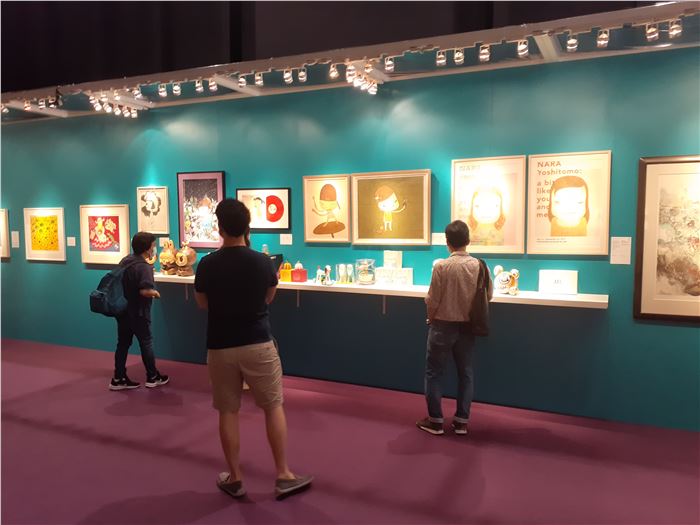Kejia Wu on the Modern History of China’s Art Market
Kejia Wu, author of the book A Modern History of China’s Art Market, spoke to MutualArt about the historical and current context of the Chinese art market
Remy Jarry / MutualArt
Apr 16, 2024
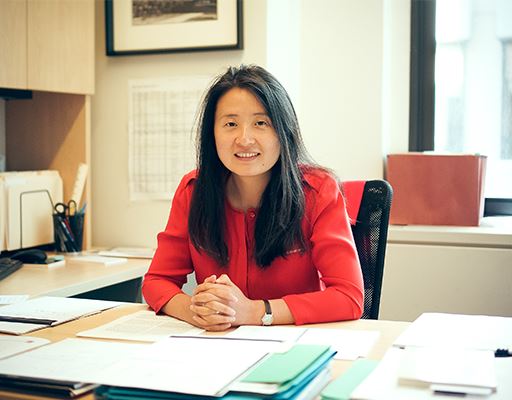
An art historian and columnist based in New York, Kejia Wu has dedicated her career to the Chinese contemporary art scene and its market since the 1990s. Relocating to the United States fifteen years ago, she has amassed unique expertise over the years, publishing various reports, notably for TEFAF, and contributing to the Chinese edition of the Financial Times. She authored the first book on the modern history of the art market in China, A Modern History of China’s Art Market, which was published last year. In her work, Kejia Wu sheds light on a lesser-known historical episode: the confiscation of artworks and antiques by the Red Guards during the Cultural Revolution (1966-1976) and their partial restitution under the supervision of Xi Zhongxun (1913-2002), father of Xi Jinping. This period was succeeded by the gradual integration with Hong Kong’s art market and the emergence of the first Chinese auction houses from the 1990s onward.
In the ensuing interview, she delves into the historical, political, economic, and artistic implications of China’s art market, which has transitioned from near annihilation to securing the second position globally within half a century, with 19% of the world market in 2023 according to the Art Market Report 2024 by Art Basel & UBS.
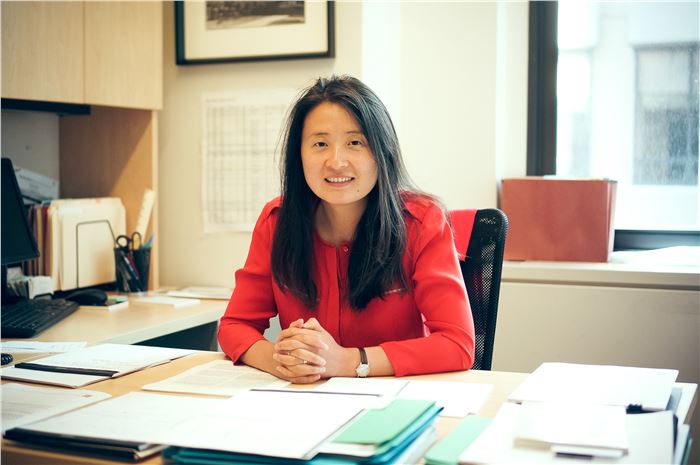
Remy Jarry: How does the Chinese art market differ from the Western market from a historical perspective?
Kejia Wu: Throughout the imperial dynasties to the Republican era of the first half of the 20th century, China has a continuous history of art collecting. However, there has never been an auction house like those in the West from the 18th century onwards. Art dealers and collectors primarily engaged in direct transactions among themselves.
After the founding of the People's Republic of China in 1949, art collecting was gradually banned in the 1950s, as it was perceived to represent a capitalist and bourgeois lifestyle. Nonetheless, it was still possible to secretly exchange artworks. It was after the Cultural Revolution in 1966 that significant changes occurred, marked by campaigns encouraging Red Guards to forcibly enter collectors' homes.
RJ: One of the chapters of your book is precisely devoted to these confiscations. How did they take place?
KW: Many of the private collections were confiscated by the Red Guards and placed in state-owned warehouses. Collectors were sometimes subjected to physical violence, including beatings. Artworks such as ink paintings or porcelain pieces were often destroyed, burned or smashed. If you were discovered attempting to sell art privately, you were arrested and imprisoned. Consequently, the market came to a full stop.
Starting in the early 1970s, state-owned antique stores, often called “friendship shops” (友谊商店), began to open, allowing foreign visitors to purchase antiques at low prices. Thus, state-controlled art trading activities became authorized, primarily aimed at generating foreign currency reserves for the state, which was facing great economic difficulties.
RJ: Are these confiscations from private collectors comparable to those of the Nazis?
KW: It's not exactly the same thing since the Nazis took the art collections of Jewish families and invaded other countries. So, there were different intentions. In terms of ideological basis and social context, the situation in China was more akin to what happened in the Soviet Union. Class struggle was the driving force behind art confiscations in China.
Furthermore, most of the Red Guards were very young and had little or no knowledge of the works they destroyed, nor did they maintain clear records of confiscations. Although official data is lacking, the massive scale of destruction and confiscation undoubtedly ranks among the largest scales in East Asia.
RJ: A restitution process was formally launched by the State in the 1980s. What conclusions can we draw from it?
KW: Towards the end of the 1970s, the Chinese government realized that what happened during the Cultural Revolution was a mistake and initiated a restitution process. Starting in 1984, these restitutions were led by Xi Zhongxun (1913-2002), the father of Xi Jinping. However, many elderly collectors died during the Cultural Revolution, and their heirs possessed little to no knowledge of their ancestors’ collection. With no clear inventories from the Red Guard, the state-run antique stores responsible for restitution often provided a similar artwork if the requested one could not be found, sometimes stolen. Knowing that families were much poorer at that time, they accepted. Some promptly resold the artworks to state-run antique stores because they needed the money. Therefore, it was not a clear and documented restitution process, but rather chaotic proceedings.
Xi Jinping (left) as a child with his father Xi Zhongxun and younger brother Xi Yuanping.
RJ: You often emphasize the lack of reliable data throughout your research. How about in today’s art market in China?
KW: The China Association of Auctioneers (CAA – 中国拍卖行业协会), the governmental association responsible for issuing auction licenses and overseeing auction houses in China, publishes an annual market report containing all the art auction data. We have access to data up to 2022, and the data for 2023 will likely be available during the second half of 2024. More accurate compared to many other sources, CAA’s auction data serves a valuable reference to track the market’s evolution. On the contrary, we lack data from galleries. The private sales market remains highly opaque.
RJ: How do you explain the deceleration in growth of China’s art market over the last 15 years?
KW: China became the world's largest auction market in 2011, with a turnover of US$8.6 billion (excluding Hong Kong). During that time, there was a significant number of speculators who divided the value of artworks into hundreds of shares, attempting to trade them similarly to the stock market. However, realizing that art as an investment asset does not yield quick returns, these short-term investors exited the market very quickly and never returned. China held up relatively well in 2021, once again becoming the largest auction market, ahead of the United States and the United Kingdom, with a total turnover of nearly US$ 5.4 billion (excluding Hong Kong), but with a decline of over 37% compared to 2011.
It was in 2022 that the market suffered the most, with many sales being canceled or postponed due to the very long quarantine period, particularly in Shanghai. According to data from the China Association of Auctioneers, the turnover for Mainland China in 2022 was approximately US$ 2.4 billion (still excluding Hong Kong), less than half of the previous year. It will be interesting to see the extent of the market’s recovery in 2023 once we receive the CAA’s figures later this year.
RJ: What impact has the increased ideology and censorship had on the art market over the past decade?
KW: Any exhibition in China must undergo censorship, including auction previews, gallery exhibitions, art fairs, as well as artworks intended for export from China or import into China for exhibitions. According to the regulation in the PRC, the exhibition organizers are required to submit the list of artworks, including images, for review 45 days in advance. In practice, the duration of the review process remains at the discretion of the relevant provincial government where the exhibition takes place.
Since 2016, the censorship process has been decentralized from the Ministry of Culture to provincial cultural bureaus (文化和旅游厅). These bureaus can extend the review process to over two months and enforce the rules more strictly. This adds logistical challenges and uncertainties for sellers. On the artists’ side, the impact is even stronger, as many artworks are unable to be exhibited in the country, including in private museums. Additionally, any artwork that fails to pass censorship review cannot leave the country. While precise quantitative data is unavailable, there is undoubtedly a direct impact, affecting on the creativity and production of Chinese artists.
.Jpeg)
RJ: Are private museums encountering more and more economic difficulties in China? Is this a cyclical or structural crisis?
KW: The Ministry of Culture and Tourism identified over 1,600 private museums operating in China in 2019. After the pandemic, this number has probably decreased, though official data on this matter is not yet available. Meanwhile, the real estate sector continues to suffer. Given that Chinese real estate groups have often initiated private museums, such as OCAT in Shenzhen and Xi’an, funding issues persist. Concurrently, we frequently witness monographic exhibitions supported by major Western galleries, such as Louis Bourgeois at the Long Museum in Shanghai in 2018 or Roni Horn at the He Art Museum (HEM) in Shunde in 2023, both facilitated by Hauser & Wirth. Unlike Hong Kong, very few Western galleries have physical spaces in Mainland China. Consequently, these exhibitions contribute to enhancing the visibility of their artists and expanding their clientele in China. In the future, I anticipate seeing more state-run museums benefiting from continuous government support, such as the Power Station of Art (PSA), which also hosts and organizes the Shanghai Biennale.
China Guardian Hong Kong Spring Auctions 2021. Credit: Wikimedia Commons / ZIWMEE 6 008 Osmqa
RJ: Hong Kong has played a key role in the development of China’s art market. What about its future role?
KW: Hong Kong imposes no import duties or VAT, making it an ideal destination for the art trade. This is why Poly Auction and China Guardian [co-leaders in Mainland China] also organize sales in Hong Kong, in addition to those in Beijing. Furthermore, Sotheby's is preparing to open a large private sales space in Hong Kong, while Christie's will relocate its Asia Pacific headquarters to The Henderson in September. Besides, the younger generation of Chinese collectors is increasingly active in the market. Unlike older generations, their tastes and preferences are similar to those of their Western peers. Thus, Western contemporary art has been stimulating market growth in China. This trend is expected to continue, reinforcing Hong Kong’s tax attractivity. Regarding Chinese antiques, they often fetch much higher prices in Hong Kong compared to New York or London, where fewer high-quality objects are available over the years.
Every year at the National People's Congress, stakeholders in the art trade attempt to pressure the government to reduce taxes on art in China. While there have been some variations, such as a reduction in import tax from 12% to 1% (except for Thangka at 6%), and a reduction in VAT from 16% to 13% in 2019, but the combined tax burden (import tax + VAT) remains relatively high. So far, escalating tariffs between China and the United States aimed at making trade difficult, have not had a major impact. As for censorship, Hong Kong's regulations are not as strict and time-consuming as those in Mainland China, at least for now.
Kejia Wu is a New York-based art historian, columnist for the Financial Times Chinese Edition, and a trustee of New York Studio School of Drawing, Painting and Sculpture. Originally from Wuhan, she has been directly involved in shaping the art scene in China. Notably, she co-founded EMAC (East Modern Art Centre – 远洋艺术中心), the first non-profit contemporary art center in Beijing, which was inaugurated in 2001, two years before the opening of the art district “798”. Subsequently, she oversaw Asia projects and strategy at Sotheby’s, in the office of the CEO while based in New York.
For more on auctions, exhibitions, and current trends, visit our Magazine Page

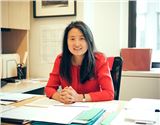
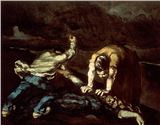
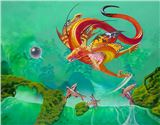
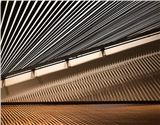
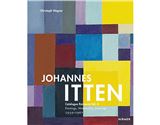
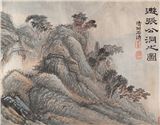
 as a child with his father Xi Zhongxun (born 1913) and younger brother Xi Yuanping (born 1956)..Jpeg)
